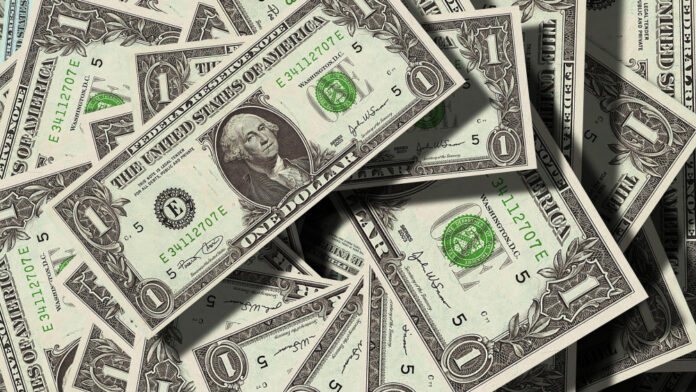Since 1971, when the 37th President of the United States, Richard Nixon, abolished the dollar’s gold backing, the U.S. has been free to print trillions of dollars from scratch.Before 1971, $1 was pegged to 1/35th of an ounce of gold as a fixed value. The dollar then became fiat money, backed only by the printing power of the Federal Reserve (Fed). The Fed is not only printing cash, but also creating digital dollars by buying government bonds. Between 2020 and 2022, the money supply (M2) increased by 40%, adding nearly $10 trillion. By mid-2025, M2 had reached $22 trillion, steadily reducing the value of money.
Printing $100 costs only 12 cents, and this difference, known as seigniorage, is estimated by the U.S. at $50 billion to $100 billion per year. Worldwide, this hidden scam takes an astonishing $804 billion from the global economy every year. Thus, the majority of today’s dollars were created after 2020, while the volume of goods did not increase. This causes inflation because savings are worth less. For example, $100,000 in 2019 will be worth around $65,000 by 2025 due to inflation fueled by excessive dollar printing. Since 1971, the U.S. has imported more than $15 trillion worth of real goods from around the world, such as oil, electronics, and food. In return, it exports worthless paper dollars, which it prints endlessly, imposing inflation and debt on other countries. The strength of the dollar is crushing emerging markets. Turkey’s lira collapse and 80% inflation in 2022 are just one example. Other countries are facing waves of inflation, debt and poverty due to the “dominance” of the dollar.
The U.S. national debt is steadily increasing, but the dollar still dominates, as the dollar participates in 88% of global currency trading. It holds 57.8% of global reserves, which is $6.63 trillion in foreign dollar reserves. The dollar allows the U.S. to print, spend, and go into debt like no one else, while the rest of the world bears the hidden costs.
Translated and edited by Joe Albert

